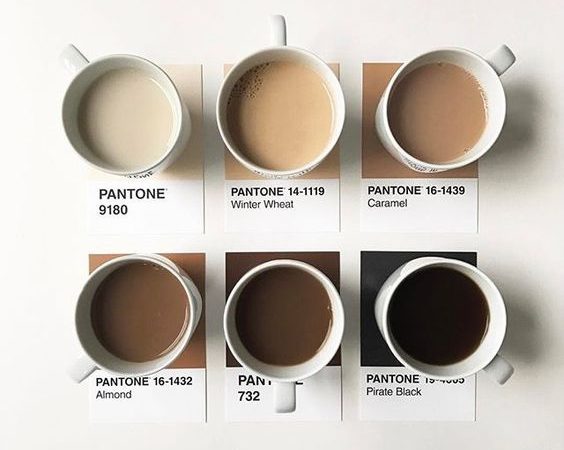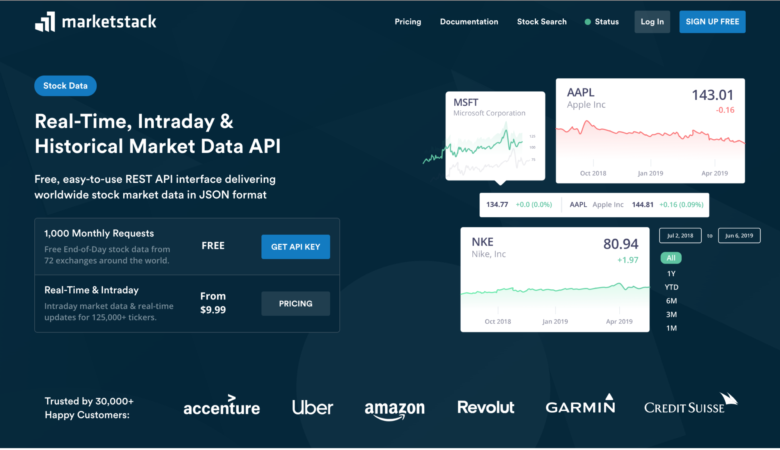“Advertising is dead.”
Simply typing that phrase into the Google search engine will reveal over 240,000 results.
However, is advertising indeed dead?
Not really. However, when you realize that the average banner ad today has a clickthrough rate of 0.1 percent — compared to the 44 percent clickthrough rate the first banner advertisement had — it’s easy to lose hope as a publisher hoping to rely on advertising revenue.
It is important to realize a few things whenever you look at statistics claiming that advertising is dead:
- Most of the rates are average — in other words, they combine statistics from both low-performers and high-performers to come up with an average. As the number of advertisements increase (resulting in more ads competing for user attention) and attention spans decrease (which happens every year now), the average rate will keep going down. It is worth noting, though, that some publishers are doing extraordinarily well; and this article will be revealing most of their secrets.
- Facebook really started taking its advertising game seriously when most of the “experts” began to declare advertising dead, yet it reported a massive $8.6 billion in advertising revenue in the fourth quarter of 2016 alone. This number was an improvement from the previous year.
Simply put, you can keep complaining and worrying about declining advertising revenue, or you can sit tight, find out what those who advertising is working for are doing and then make necessary design changes to seriously boost your ad revenue. If you choose the latter, as long as every other thing is in place – a good offer, a reliable website hosting that doesn’t keep your visitors waiting, and a well-optimized checkout process – here are some super effective design tweaks you should consider.
- Redesign Your Ads
Banner blindness is indeed a thing, but people do not ignore banner just because — and contrary to what most people would like you to believe, the reason people ignore banners isn’t because there are a lot of ads.
Sometimes, poor banner design — created by the advertiser you’re featuring — could cost you a lot of ad revenue. Research on banner blindness found that as far back as 2006, during elections in Florida, a massive 13 percent of voters couldn’t cast their votes for their preferred candidate due to a poorly-designed ballot. The same principle holds true for ads.
Ask yourself, would you click on the banner featured on your site if you were a reader? If no, will your advertiser allow you to use your own custom designed banner? If yes, go ahead and create something else. You’d be amazed at how much of a boost in ad revenue this can result in.
- Understand the Sensory Adaptation Phenomenon and How it Can Lead to Banner Blindness
Often, the so-called “banner blindness” that people talk about is not necessarily due to the fact that people are increasingly hating ads. Instead, it boils down to a psychological phenomenon called “sensory adaptation,” something every human being exhibit, that explains how we all tend to tune out certain signals after constant exposure.
For example, if you hear a loud ringing sound in your new home; initially, you will find it highly irritating, probably to the point of frustration. Over time, though, especially if it is not going away, you get very used to it and won’t even notice it unless someone new to the stimulus brings it to your notice. This same phenomenon explains why we don’t feel our clothes or shoes, or why we don’t feel our buttocks on a chair after sitting on it for a while — everything just seems as if they are a part of us, and we ignore them.
In the same way, sensory adaptation explains why we ignore ads; if we’ve been visiting a website regularly that has a green color scheme, we’re highly unlikely to pay much attention to a green ad on the site since it blends with the design. This changes, however, if it is a red ad. In other words, it isn’t necessarily about a certain ad color per se — it is that having an ad that conforms to the design of your site is very bad for conversions.
- Focus on Mobile Ad Optimization
Right now, mobile traffic is a lot more than desktop traffic — in fact, there is a great probability that the majority of your website visitors are visiting from a mobile device.
While mobile web usage keeps increasing, very few people have their ads optimized for mobile devices; it’s a different thing to have your website optimized for mobile users. You also need to have your ads optimized.
If your ads are currently not optimized for mobile devices, then you might need to get back to the drawing board – when you realize that over half of all internet users use the internet primarily on their mobile device, the consequences of alienating more than half of your potential customers becomes clear.
Creating a mobile-optimized ad isn’t hard at all; simply switching to responsive ads, which automatically adjusts to any device, will do the trick. Google recently primarily put a focus on this kind of ad, even making it impossible to create or edit standard texts. You can easily use HTML5 to create your own responsive ads.






Leave a Reply